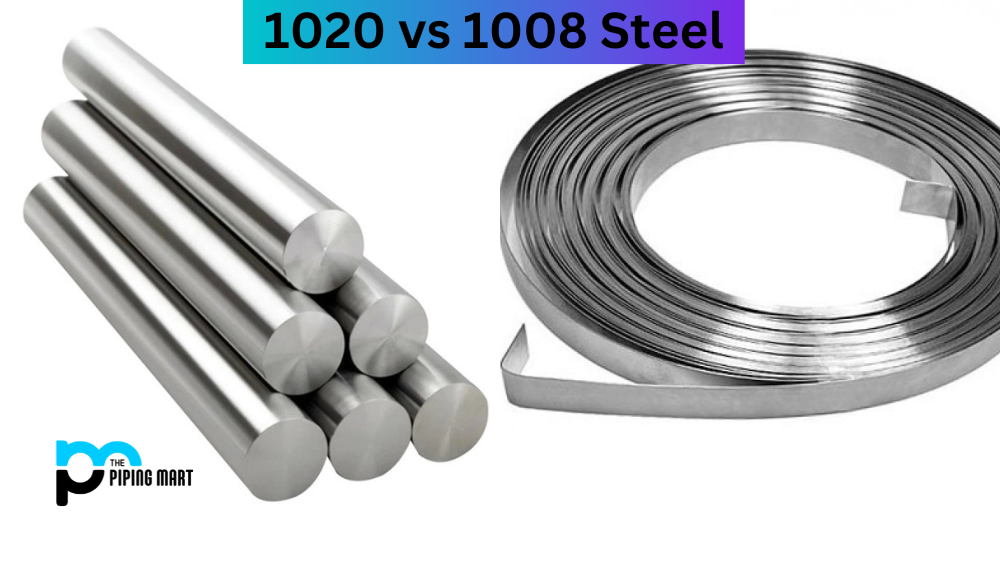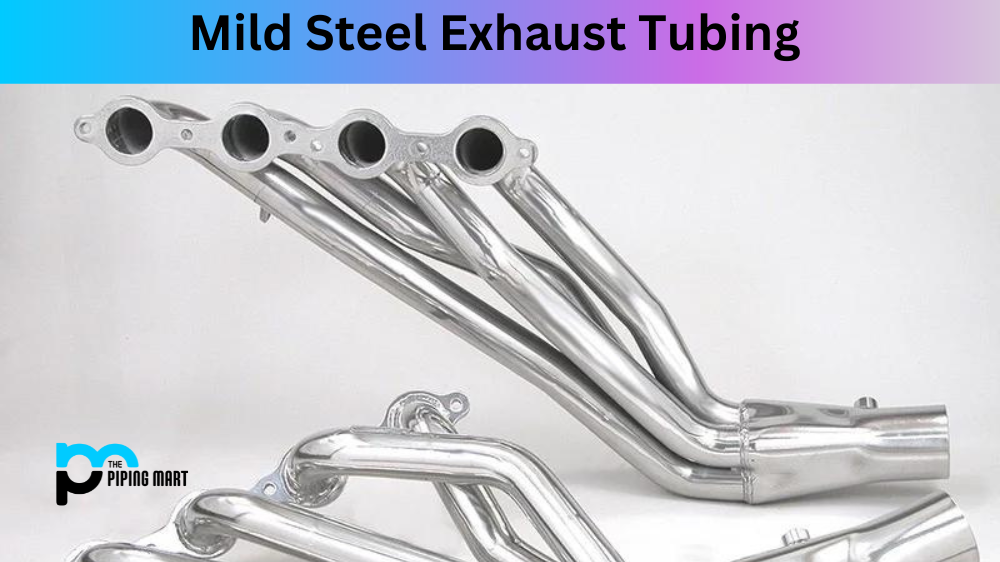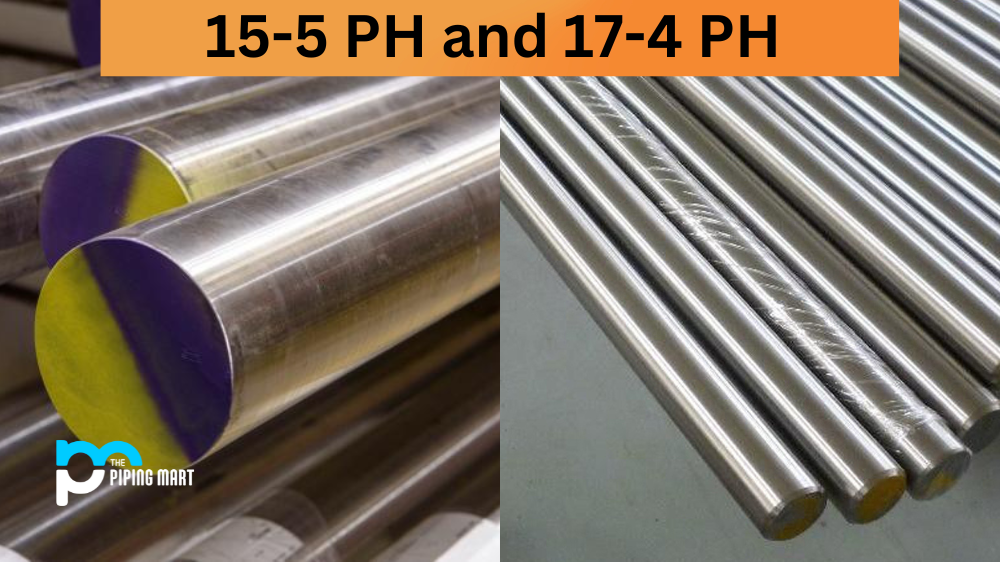Steel is one of the most commonly used materials in various industries today. It is known for its strength, durability, and versatility. However, not all types of steel are created equal. Two types of steel that are often compared are 1020 and 1008. If you’re wondering which is better for your project, you’re in the right place. In this blog, we’ll look at the differences between 1020 and 1008 steel and which is best suited for particular applications.
What is 1020 Steel?
1020 steel is low-carbon steel with an average carbon content of 0.20%. It is a general-purpose steel used for various applications, such as shafts, gears, bolts, and studs. Due to its low carbon content, it is easy to weld and form. It also has good machinability and can be hardened by cold working.
What is 1008 Steel?
1008 steel is also a low-carbon steel with an even lower carbon content of 0.08%. It is commonly used for applications that require a smooth surface finish, such as metal stampings, electrical enclosures, and hinges. Due to its low carbon content, it is easy to form and weld. However, it cannot be hardened like 1020 steel.
1020 and 1008 steel
1020 vs 1008 steel are both low-carbon steels typically used in automotive applications. 1020 steel is a general-purpose low-carbon steel with good weldability and machinability. 1008 steel is a low-carbon steel that has good formability and weldability.
Differences in Chemical Composition
The main difference between 1020 and 1008 steel lies in their chemical composition. As mentioned earlier, 1020 steel has a carbon content of 0.20%, while 1008 steel has a carbon content of only 0.08%. This difference impacts their strength, hardness, and durability. 1020 steel has a higher level of manganese, increasing its hardenability and making it suitable for applications requiring high strength and wear and tear resistance.
Applications of 1020 and 1008 Steel
While 1020 and 1008 steel are low-carbon and easy to form and weld, they are used in different applications. 1020 steel is typically used for parts that require high strength, such as gears, shafts, and axles. It can also be used for high-stress applications such as springs and bolts. 1008 steel, on the other hand, is used for parts that require a smooth surface finish, such as metal stampings, hinges, and electrical enclosures.
Which one is best for your project?
Deciding which type of steel to use for your project depends on several factors, such as its application, environmental exposure, and cost. If your project requires high strength and resistance to wear and tear, then 1020 steel might be a better option. However, if your project requires a smooth surface finish and easy formability, 1008 steel might be a better option. Always consider the requirements of your project and consult with a metallurgist or a steel expert to determine which option best suits your needs.
Tensile Strength
The tensile strength of 1020 vs 1008 steel is also different. 1020 steel has a tensile strength of 60,000 psi, while 1008 steel has a tensile strength of 51,000 psi. The higher the tensile strength, the stronger the steel will be.
Yield Strength
The yield strength of 1020 vs 1008 steel is also different. 1020 steel has a yield strength of 36,000 psi, while 1008 steel has a yield strength of 30,000 psi. The higher the yield strength, the stronger the steel can withstand applied forces without deforming.
Ductility
Ductility is another important property to consider when comparing 1020 vs 1008 steel. 1020 steel is more malleable than 1008 steel, with a flexibility of 30% versus 25%. This means 1020 steel can be stretched or bent more before breaking than 1008 steel.
Machinability
Machinability is another important factor to consider when comparing 1020 vs 1008 steel. 1020 steel is more machinable than 1008, with an 85% versus 80% machinability rating. This means that it will be easier to cut, drill, and machine 1020 than 1008 Steel. However, this also means that 1020 will lose some of its hardness and strength.
Weldability
Last but not least, we must consider weldability when comparing1020 vs1008steel .1020 steel is more weldable than 1008 with a weldability rating of 70% versus 60%. This means it will be easier to weld 1020 1008 together, but there may also be some loss in strength and hardness.
Conclusion:
In summary, 1020 and 1008 are two low-carbon steel commonly used for various applications. They differ in their chemical composition, strength, and applications. Knowing the differences between these two types of steel can help you make an informed decision when choosing the right material for your project. When in doubt, always seek the advice of experts who can guide you in selecting the best type of steel for your specific requirements.

Abhishek is a seasoned blogger and industry expert, sharing his insights and knowledge on various topics. With his research, Abhishek offers valuable insights and tips for professionals and enthusiasts. Follow him for expert advice on the latest trends and developments in the metal industry.




